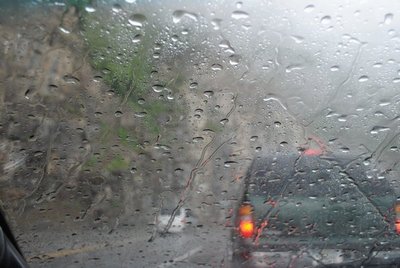July 22, 2010
Ignoring seat belt law costs Montanans $36 million in health care expenses each year
Sam Miller knows that wearing a seatbelt can make a life or death difference. As a trauma coordinator at Bozeman Deaconess Hospital, Miller said a common automobile wreck in Montana involves a single vehicle roll-over with an unrestrained driver.
“Typically, those wrecks are fatal or a severe injury,” he said. Had those drivers been wearing a seatbelt, many of them would be alive or would have survived with a minor injury.
Montana has the second-highest rate of traumatic brain injury in the nation and the leading cause of those injuries is vehicle crashes. In 2008, more than 70 percent of motor vehicle occupant deaths in Montana were not wearing a seat belt, even though Montana law requires seat belt use.
Chris Benton, a registered nurse and trauma coordinator at Beartooth Hospital in Red Lodge, Mont., said people who don’t wear seat belts have a higher incidence of injury. In a recent crash, the unbelted driver of a vehicle was ejected and ended up in critical care. The passenger, who was wearing a seat belt, walked away with minor cuts.
“There’s a significant difference,” said Benton. “One patient has a traumatic brain injury and a lifetime of problems; the other does not.”
Benton said he and his colleagues are reminded about seat belt safety at least several times per month in the small-town rural setting. “When we see people that we know coming in on a stretcher, it’s heart-breaking for us as caregivers to think these folks could have made a better choice in wearing a seat belt,” he said.
Researchers at the Harborview Injury Prevention and Research Center recently studied crash data involving belted and unbelted passengers in Montana. What did they find? As Benton described, people who did not wear a seat belt were much more likely to be injured in a motor vehicle crash, and the related health care costs of injury have a significant economic impact on both the state of Montana and its residents.
Among the study’s key findings, researchers found an average of 887 unbelted individuals are hospitalized each year for care following a motor vehicle crash. Of these, 819, or 92 percent, sustained a more serious injury because they were not using a seat belt. Researchers also found that 70 percent of the 613 individuals killed on Montana roads from 2004 to 2006 were not wearing seat belts, a proportion which has not changed in recent years.
The economic impact of injuries sustained by unbelted passengers is substantial. The preventable cost of providing health care to unbelted Montana patients involved in a crash exceeds $36 million each year. What’s more, many unbelted patients are uninsured or have Medicaid insurance, so the state of Montana pays more than $14 million annually for the hospital care of unbelted patients who sustained an injury. Each year, every driver in Montana pays an extra $51 in taxes and insurance premiums to pay for the health care costs of injured, unbelted occupants.
“Montanans who ignore the seat belt law are much more likely to be injured, but the bills for their injuries are largely paid by others, using up state tax revenue and resulting in higher insurance premiums,” said Dr. Beth Ebel, director of the Harborview Injury Prevention & Research Center. “Given tough economic times, it is time to consider measures to increase seat belt use, such as primary enforcement seat belt legislation, which would result in significant cost savings and also save lives.”
Most Montanans already use seat belts, but the 20 percent who do not are at high risk of injury. Sixty-four percent of Montana residents support a primary enforcement seat belt law, according to an independent telephone survey of more than 6,400 state residents, conducted as part of the Center for Disease Control and Prevention’s Behavioral Risk Factor Surveillance Survey in 2009.

